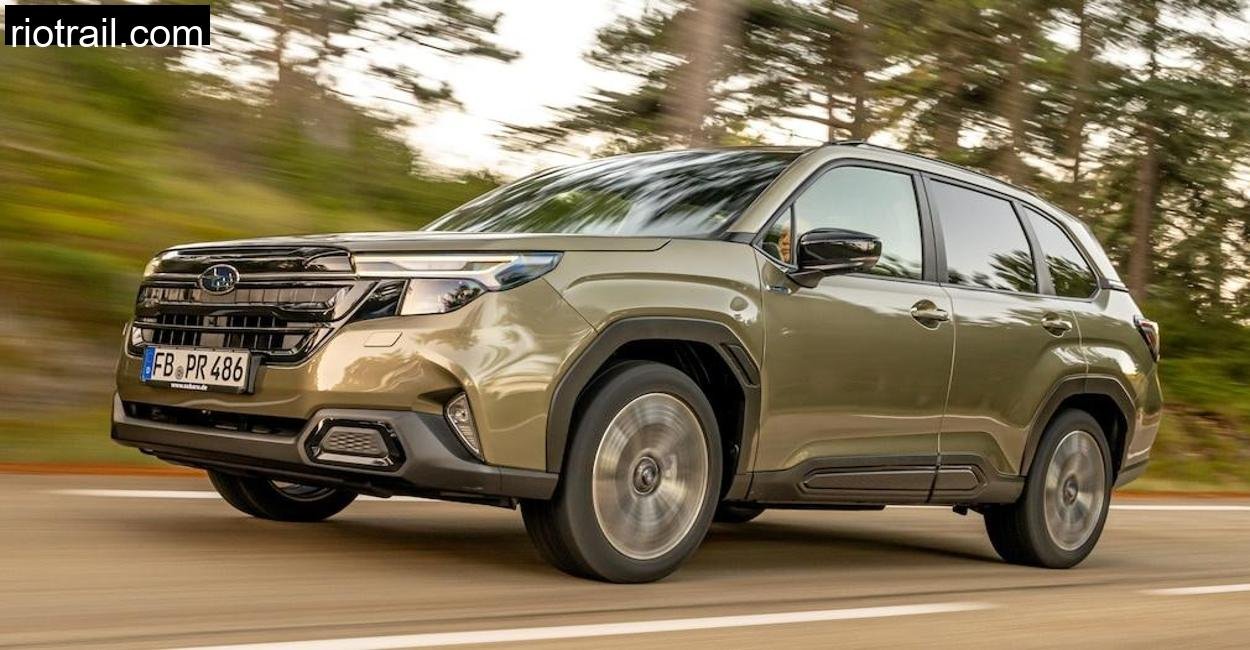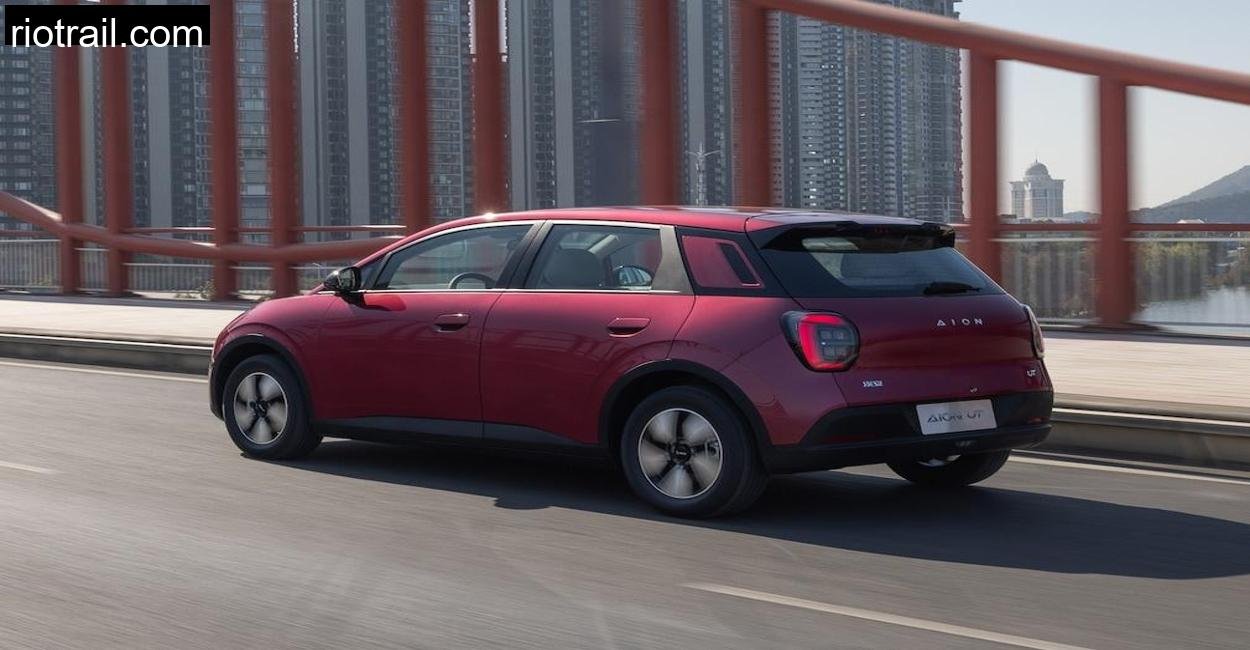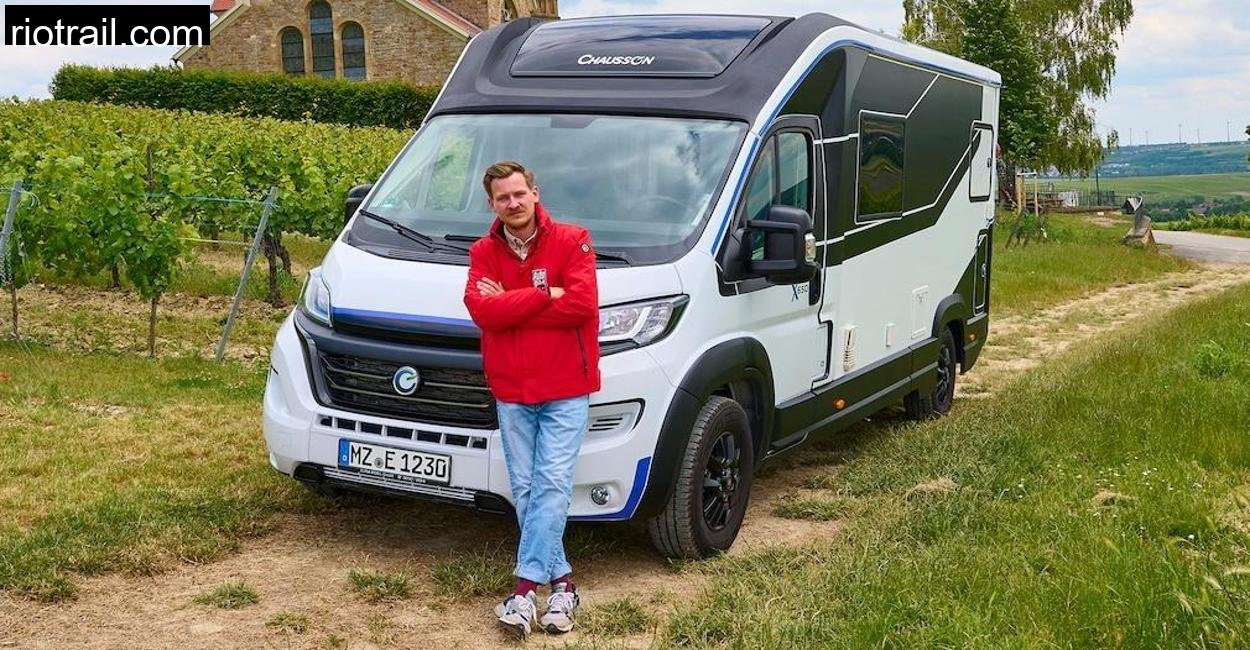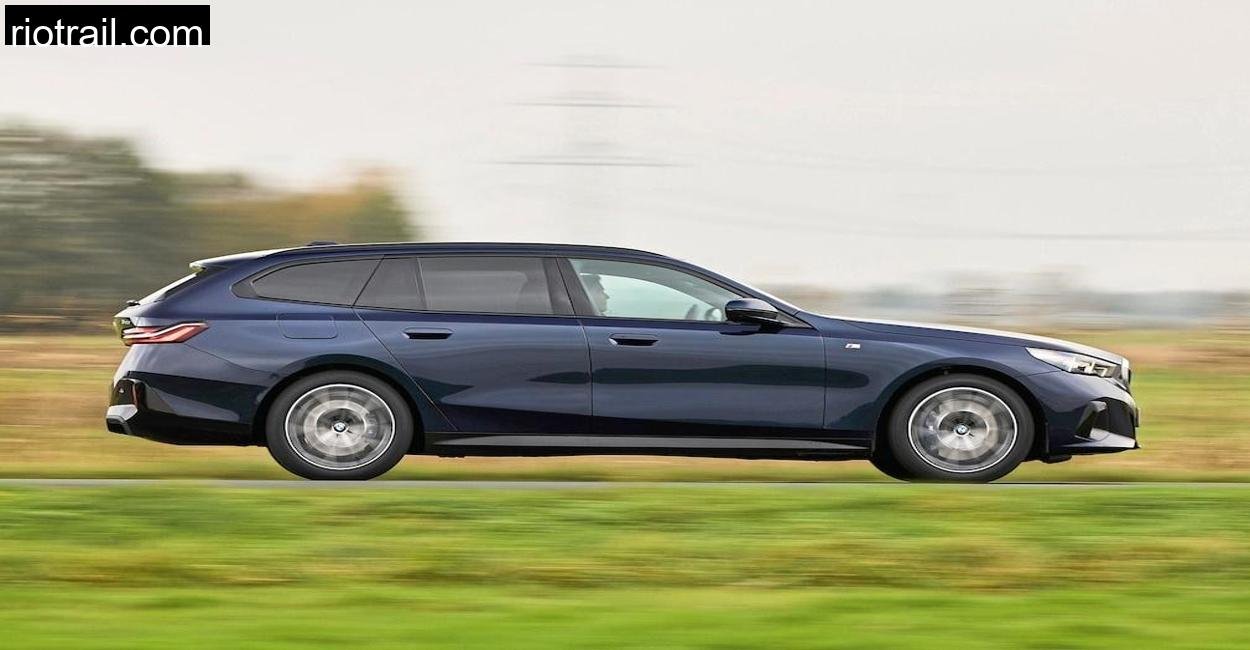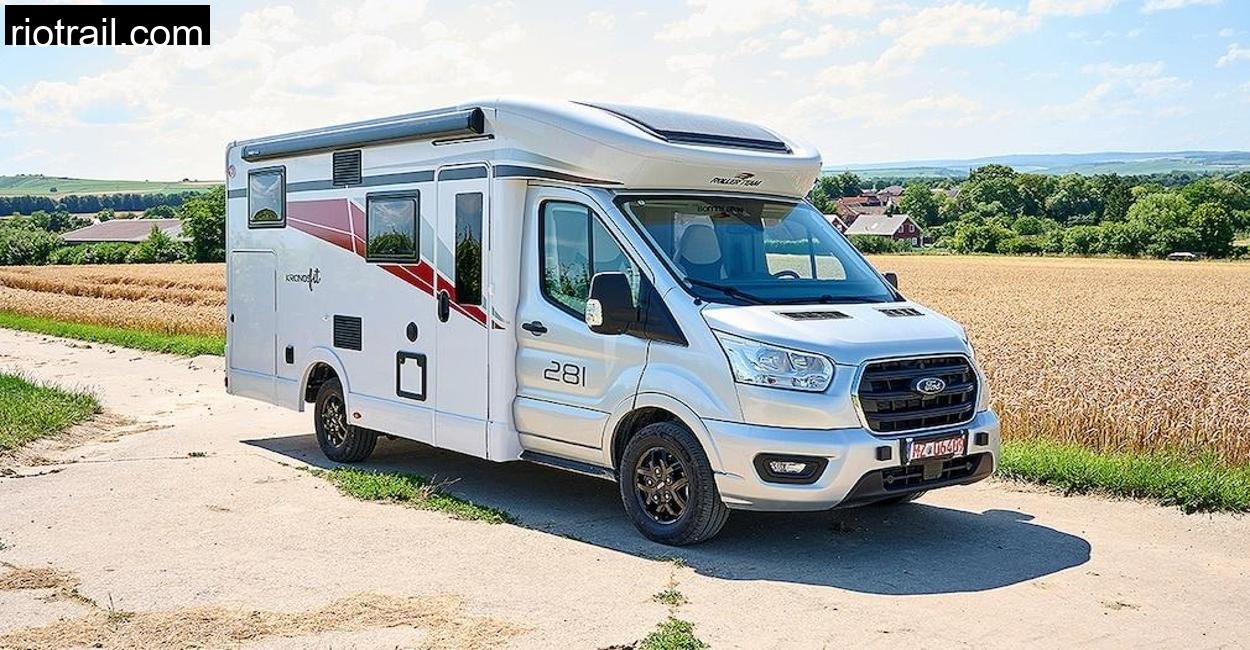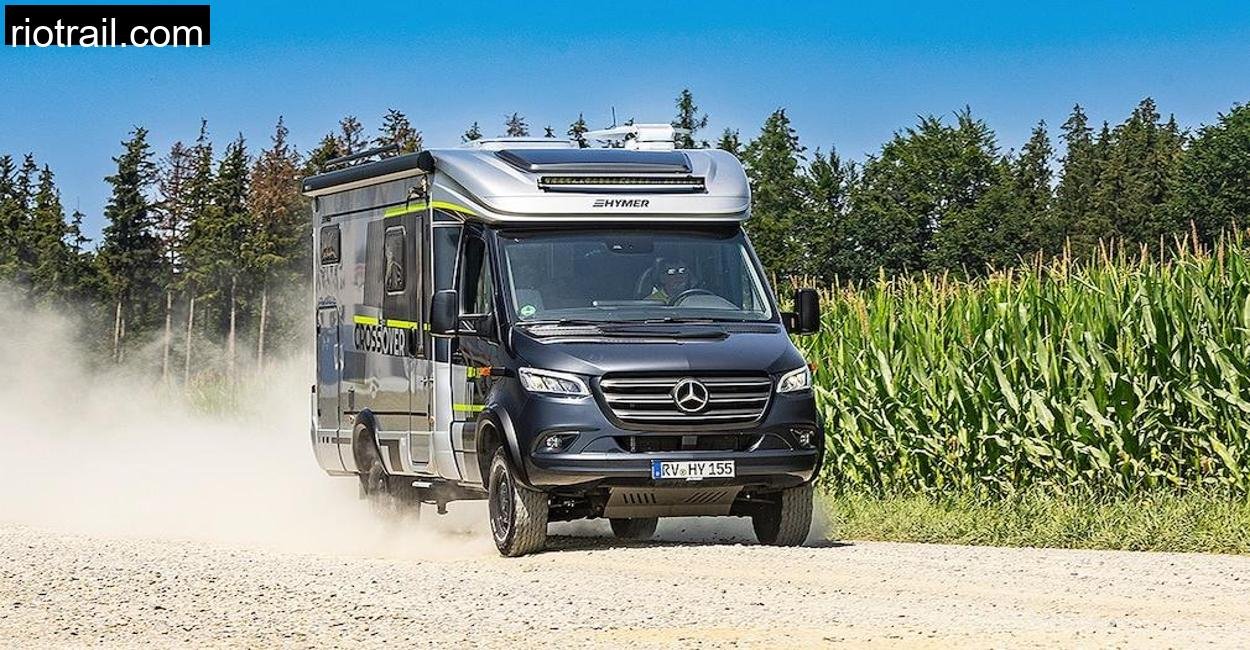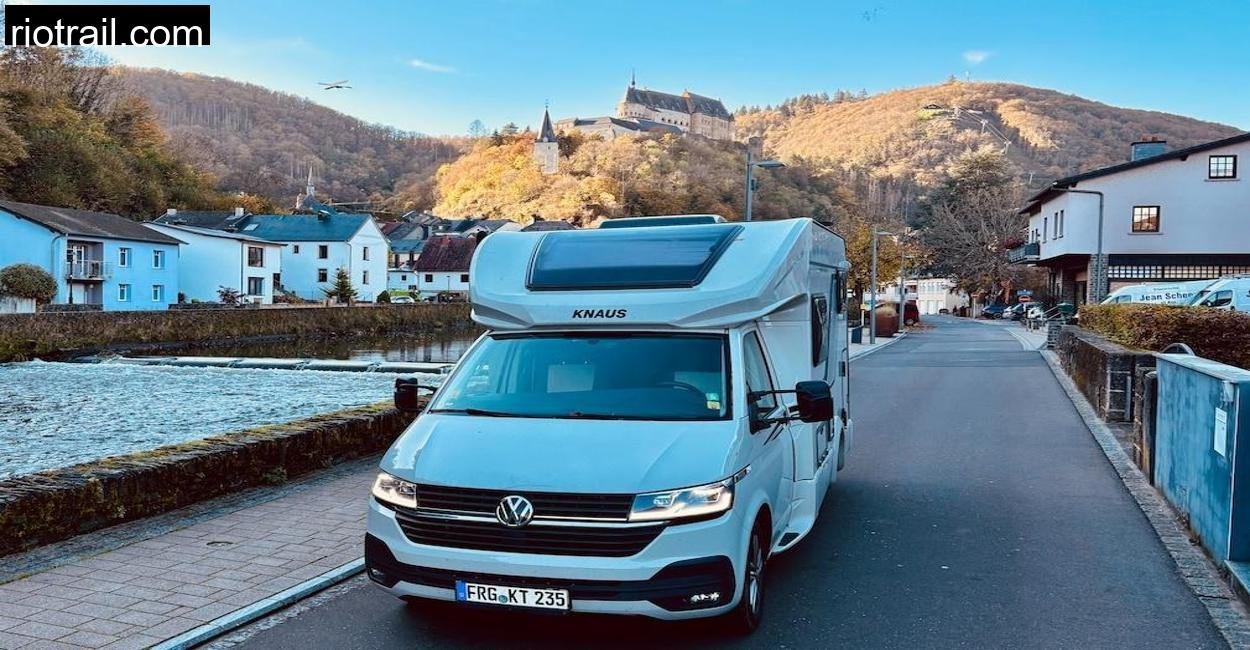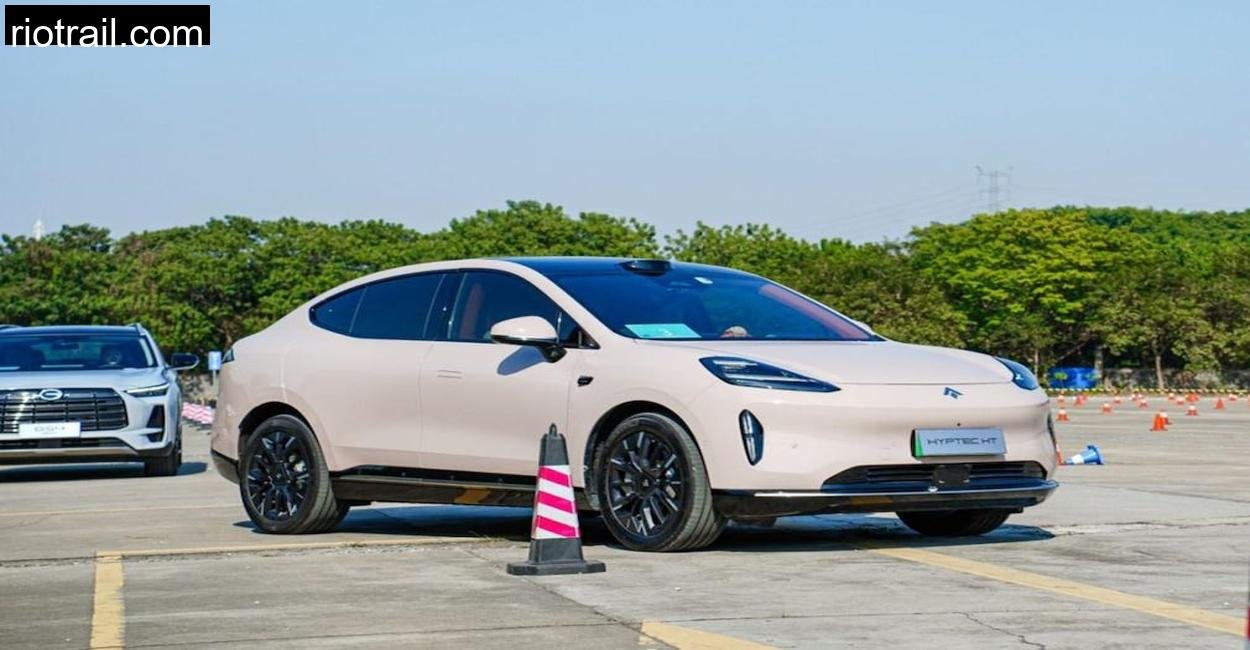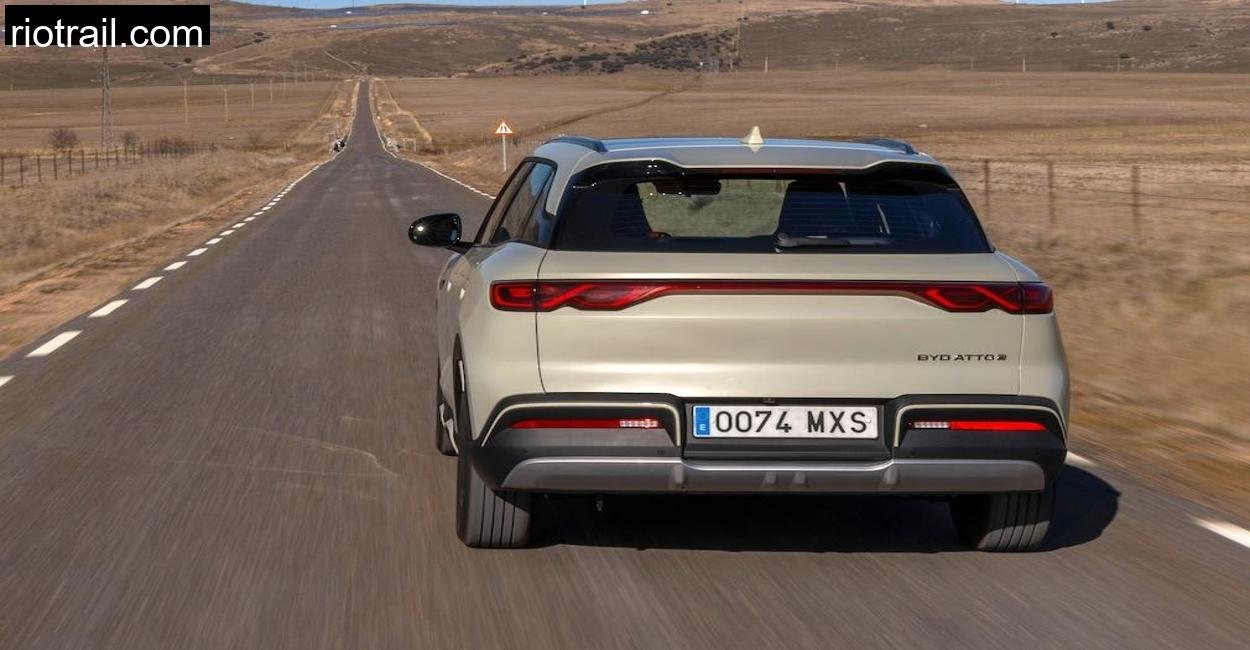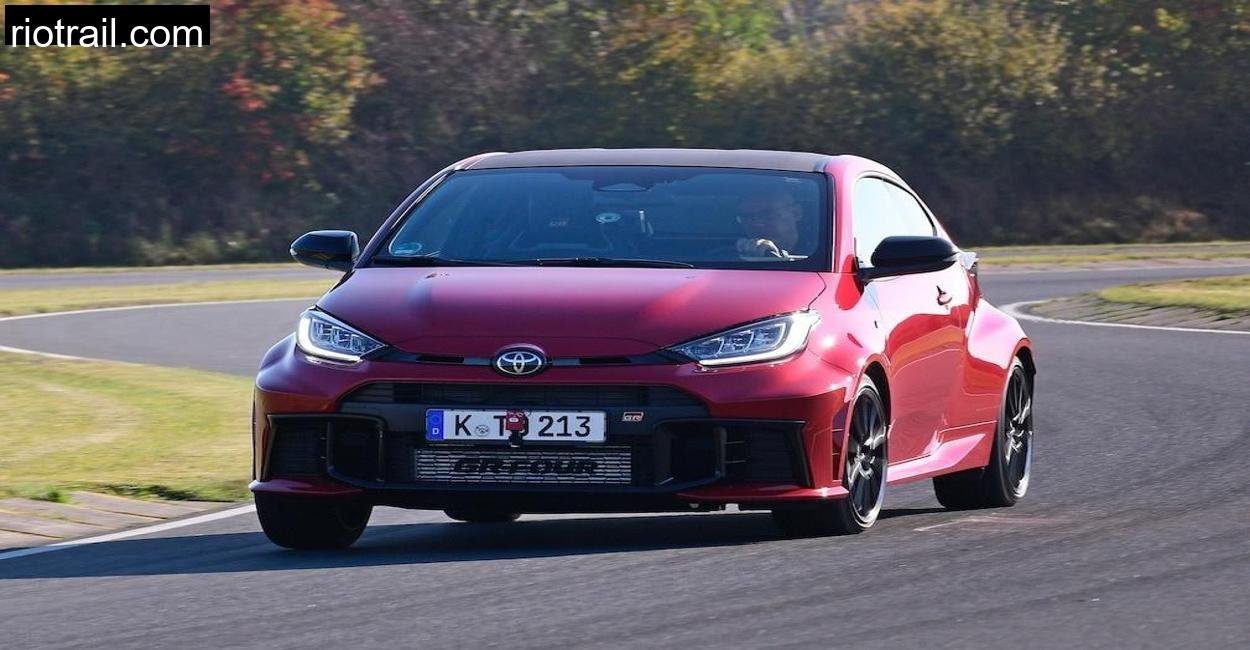Some cars invite you to race. Some demand to be shown off. And then there are those rare few that simply ask to be driven, far, wide, and without limits. The Subaru Forester has always been such a car. Not flashy, not arrogant, but quietly capable in ways that you only come to appreciate once you step beyond the confines of city streets and well-paved highways.
So when I was offered a chance to test the latest sixth-generation Subaru Forester 2.0ie, it was clear to me that the car deserved a proper playground. Not the sanitized environment of a test track or an urban commute. No, I would take it where it belonged, to the winding trails and forest roads of Knebelsrod, one of Germany’s lesser-known, but beautifully rugged, hilly regions.
I had driven Foresters before and admired their utilitarian charm, but I was curious whether the new model could still live up to its off-road reputation while keeping pace with modern expectations on comfort, efficiency, and safety.
As it turns out, the 2025 Subaru Forester is more than ready. And after a full day of tackling everything from slippery dirt climbs to fast, sweeping asphalt roads through the Knebelsrod countryside, I came away with a deep appreciation for this car’s well-rounded nature.
First Impressions: Evolution Over Revolution
Walking up to the new Forester that chilly February morning, I could immediately sense that Subaru had stuck to its tried-and-true formula. The car looks familiar, no radical reinvention here, but that’s not a bad thing.
Its rugged stance, with 220 mm of ground clearance, purposeful black cladding around the wheel arches, and a confident front end, makes it clear that this is not some delicate urban SUV. The design communicates practicality and readiness for adventure without trying too hard.
I loaded my gear into the 508-liter trunk, which expands to 1,679 liters with the rear seats folded, plenty of room for hiking equipment, a camera bag, and the usual odds and ends for a day out in nature. The 4.67-meter length of the new Forester makes it one of the roomiest in its class, and you can feel it inside.
Settling into the driver’s seat, I noticed the straightforward, well-built interior. Subaru has resisted the urge to over-digitize the cockpit. You get easy-to-read dials, a sensible infotainment system, and an immediate sense of solidity. No gimmicks, just what you need to drive comfortably and safely.
Under the Hood: Mild Hybrid Support for the Boxer Heart
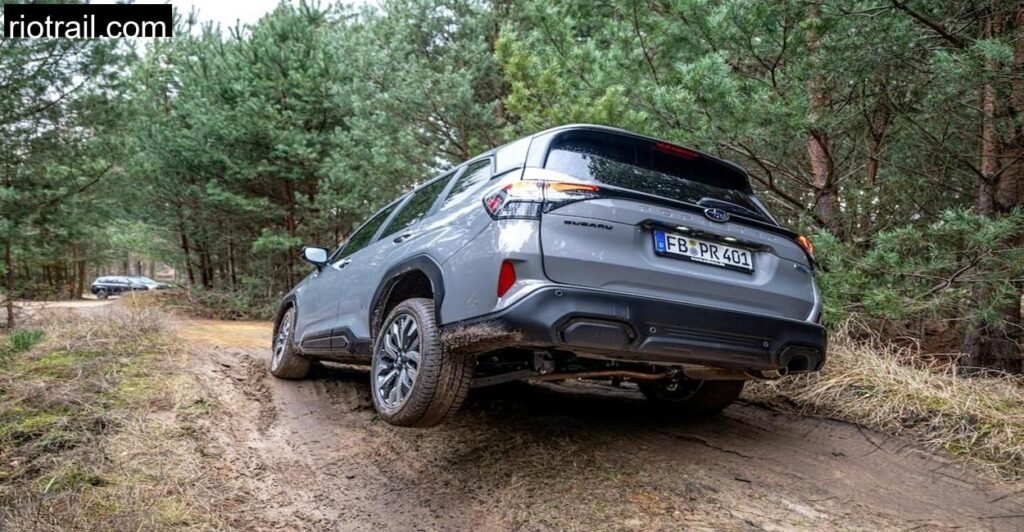
Pressing the start button, the Forester’s familiar 2.0-liter flat-four boxer engine comes to life with a subtle thrum. This engine is now paired with a mild hybrid system that adds 17 hp and 66 Nm of torque via a small electric motor.
No, this doesn’t turn the Forester into a rocket. In fact, acceleration is a calm affair,0 to 100 km/h takes 12.2 seconds. But what the hybrid system does provide is smoother low-speed response and improved fuel efficiency.
Driving through the small villages surrounding Knebelsrod and climbing toward the higher forest tracks, I appreciated the seamless integration of the hybrid assistance. In stop-start traffic or when crawling through tricky inclines, the electric motor fills in the gaps nicely, making the Forester feel more responsive than its modest power figures suggest.
At full throttle, the engine revs willingly, and the Lineartronic CVT does a good job of keeping noise in check. Subaru’s choice of a push-link chain CVT emphasizes smoothness and efficiency over outright performance, which suits the Forester’s character perfectly.
If you’re looking for a quick SUV, this isn’t it. But if you value relaxed cruising and the ability to tackle varied terrain without breaking a sweat, the Forester’s drivetrain is spot on.
Off the Beaten Path: Symmetrical AWD Shines in Knebelsrod
Of course, the real reason you buy a Forester isn’t for drag races. It’s for the ability to go places that other crossovers fear to tread. And the winding, sometimes slippery, forest trails of Knebelsrod were an ideal testing ground.
The Symmetrical AWD system remains one of Subaru’s greatest assets. By aligning the engine, transmission, and driveshaft components longitudinally, Subaru ensures a naturally balanced and stable power delivery. Add Active Torque Split to the mix, and you get optimal torque distribution between front and rear wheels in real time.
Climbing steep gravel paths just past the Knebelsrod lookout point, I deliberately stopped mid-hill to test how the Forester would restart on loose surfaces. A gentle press of the throttle was all it took, the car found grip effortlessly and resumed climbing without drama.
Even on a stretch of trail where one wheel briefly lost contact with the ground due to uneven articulation, the Forester pressed on. Its limits are far higher than you’d expect from a car that looks so civil on the outside.
A particularly steep 27-degree descent gave me a chance to use Downhill Control. I released the pedals entirely, and the car managed its own speed with uncanny smoothness, allowing me to focus solely on steering. For casual off-roaders or those venturing into the unknown, this system inspires tremendous confidence.
On the Road: Comfort, Stability, and Everyday Ease
But let’s be honest, most Foresters will spend far more time on tarmac than mud. That’s why Subaru has also refined the car’s on-road behavior.
Leaving the trails behind, I took the Forester through a fast loop of country roads around Knebelsrod. Here, the new electric dual-pinion power steering impressed me with its natural weight and precision. It’s not sports-car sharp, but it communicates clearly and suits the car’s laid-back nature.
In corners, Active Torque Vectoring subtly helps maintain composure, and the Forester feels secure even at higher speeds. The chassis strikes a fine balance: firm enough to control body roll, yet supple enough to soak up bumps and rough patches without unsettling the cabin.
On the Autobahn section leading back to the village, I comfortably cruised at 130–140 km/h. Noise levels are well-managed, and the drivetrain remains calm. The car is not built for outright speed, its top speed is 188 km/h, but it cruises effortlessly at typical motorway velocities.
Fuel consumption over a full day of mixed driving came in at 7.9 liters/100 km, which is respectable for an all-wheel-drive SUV of this size and capability. Subaru officially quotes 8.1 l/100 km combined, so the real-world figure aligns well.
Interior Comfort and Practical Features
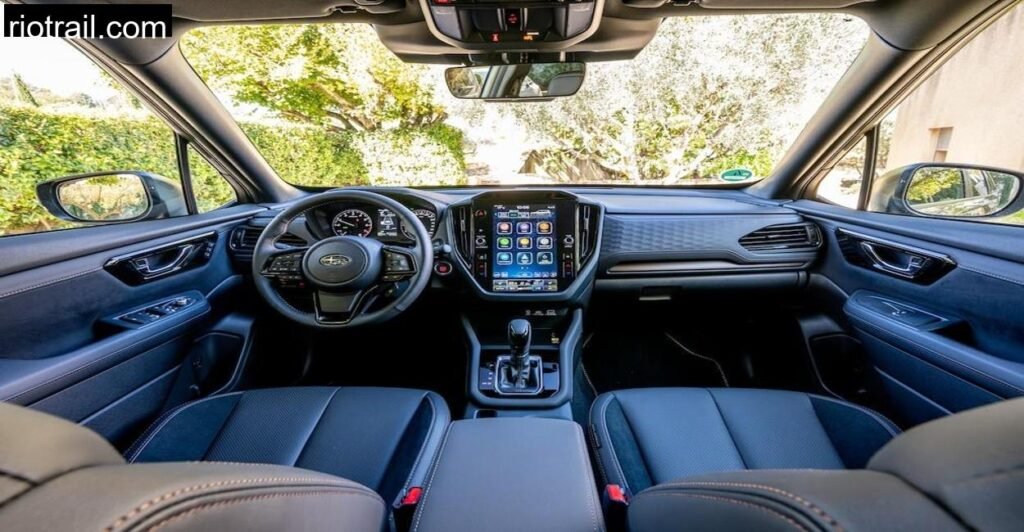
Spending several hours inside the Forester gave me ample time to appreciate its thoughtful interior design. The front seats are newly redesigned, offering excellent support and comfort. Visibility is typically Subaru, commanding and unobstructed.
Rear seat space is generous. At 1.85 meters tall, I had room to spare both in legroom and headroom when I tried the back seats. This is an SUV that can easily carry four adults in comfort on long journeys.
The infotainment system is intuitive, with large icons and physical controls where they matter most. I particularly liked the 360-degree camera system, which proved invaluable on narrow forest trails where visibility ahead was limited. Being able to “see” over crests or tight corners through the display adds real-world safety benefits.
Advanced Safety and Subaru Reliability
Subaru has always put a strong emphasis on safety, and the new Forester takes this further. The latest EyeSight system, now in its twelfth generation, uses a combination of stereo cameras, a wide-angle monocular camera, and a front radar to power an impressive suite of driver aids.
I tested adaptive cruise control, lane-keeping assist, and the new emergency braking system on the Autobahn stretch, and they worked seamlessly. Particularly noteworthy is the traffic jam assist, which takes the stress out of low-speed crawls by maintaining distance and lane position automatically.
Also new is an intelligent speed adjustment feature linked to traffic sign recognition, handy on winding country roads where speed limits change frequently.
All of this comes standard even on the base Trend model, priced at €40,490, with fully loaded versions going up to €49,190. And Subaru backs the Forester with a five-year/160,000 km warranty, plus Europe-wide mobility protection, a level of customer confidence many rivals can’t match.
Technical Specifications: Subaru Forester VI 2.0ie
We use Subaru’s official website to get all technical details quickly and accurately.
| Specification | Detail |
| Engine Type | 2.0L flat-four (boxer) + mild hybrid |
| Power | 136 hp (engine) + 17 hp (electric motor) |
| Torque | 182 Nm (engine) + 66 Nm (electric motor) |
| Transmission | Lineartronic CVT |
| Drivetrain | Symmetrical AWD |
| 0–100 km/h | 12.2 seconds |
| Top Speed | 188 km/h |
| Fuel Consumption (WLTP) | 8.1 l/100 km |
| Ground Clearance | 220 mm |
| Trunk Volume | 508–1,679 liters |
| Length | 4,670 mm |
| Width | 1,815 mm |
| Height | 1,730 mm |
| Wheelbase | 2,670 mm |
| Safety Features | EyeSight 12, emergency braking, adaptive cruise control, lane keeping, traffic jam assist |
| Warranty | 5 years / 160,000 km |
| Base Price (Germany) | €40,490 |
| Fully Equipped Price | €49,190 |
Conclusion: The Forester is Still the King of the Everyday Adventure
After a full day exploring Knebelsrod and its surrounding roads and trails, I can say this with confidence: the Subaru Forester VI remains one of the best all-rounders in its segment.
It may not be the fastest or flashiest SUV out there. But it is honest, deeply capable, and engineered for real-world driving. Whether you’re navigating tight city streets, cruising on the highway, or tackling muddy forest paths, the Forester delivers with ease and composure.
It is the kind of car that quietly wins you over not with gimmicks, but with competence and versatility. If you’re the type of driver who values adventure, practicality, and peace of mind, the Forester is an SUV that you should absolutely have on your list.
How capable is the Subaru Forester off-road?
Very capable for its class. Thanks to Symmetrical AWD, 220 mm of ground clearance, and features like Downhill Control, it can handle muddy trails, steep descents, and light rock crawling without issue.
What are the standout safety features in the Subaru Forester?
The EyeSight 12 system is a highlight, offering advanced features like emergency braking, adaptive cruise, and traffic jam assist as standard.
Is the Subaru Forester good value?
Yes. At a starting price of €40,490 with an extensive warranty and standard safety tech, the Forester offers excellent value in the compact SUV segment.
